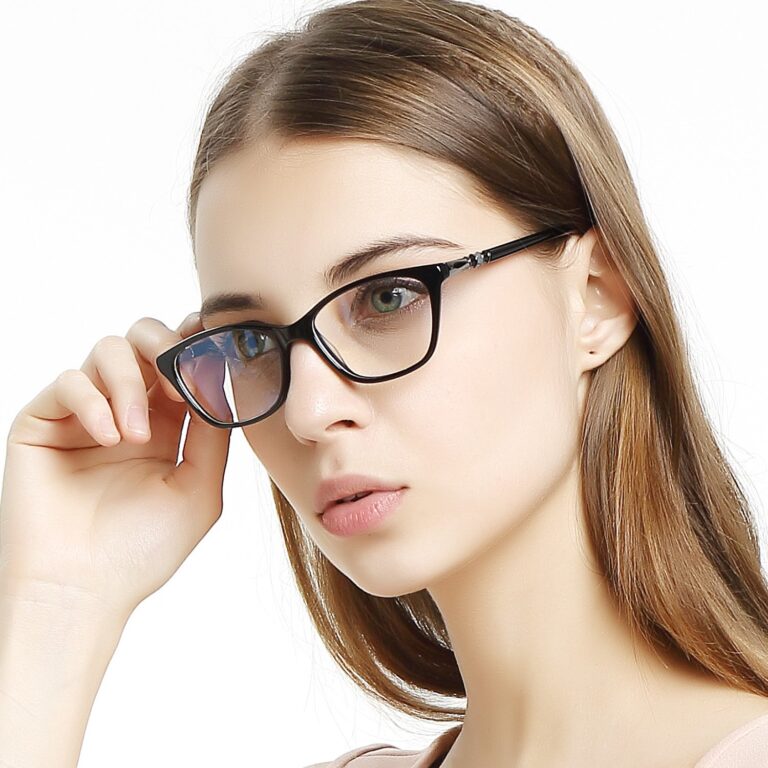
Contents
When it comes to eyewear, maintaining optimal vision is crucial. However, over time, glasses lenses may wear out, become scratched, or no longer provide the clear vision they once did. In such cases, lens change becomes a viable solution to restore visual clarity and comfort. This article delves into the intricacies of lens placement for glasses, covering common reasons, types of replacement lenses, the selection process, benefits, and maintenance tips.
Common Reasons for Lens Replacement
Wear and Tear
As with any item of daily use, glasses lenses endure wear and tear over time. Continuous cleaning, exposure to environmental factors, and handling contribute to the degradation of lens quality.
Prescription Changes
Changes in vision prescription necessitate lens change to ensure accurate vision correction. Whether due to aging, eye conditions, or other factors, updating lenses according to the latest prescription is essential for maintaining optimal visual acuity.
Damage or Scratches
Accidental damage or scratches on glasses lenses can significantly impair vision quality. In such cases, replacing the damaged lens is imperative to restore clear and undistorted vision.
Types of Replacement Lenses
Single Vision Lenses: These lenses correct vision for a single focal point, making them suitable for individuals with myopia (nearsightedness) or hyperopia (farsightedness).
Bifocal or Multifocal Lenses: Designed to address multiple vision needs, bifocal or multifocal lenses offer distinct segments for near and distance vision, catering to individuals with presbyopia or astigmatism.
Transition Lenses: Also known as photochromic lenses, transition lenses darken in response to sunlight exposure, providing added protection against harmful UV rays while offering convenience in varying light conditions.
Choosing the Right Replacement Lenses
Selecting the appropriate replacement lenses involves considering several factors:
Lens Material
Options include plastic (CR-39), polycarbonate, and high-index materials, each with unique characteristics such as durability, impact resistance, and thinness.
Lens Coatings
Anti-reflective, scratch-resistant, and UV-blocking coatings enhance lens performance, clarity, and longevity, providing added value and protection.
Lens Thickness
High-index lenses offer thinner profiles, reducing lens thickness and overall weight for improved aesthetics and comfort, especially for higher prescription strengths.
Process of Lens upgrade
Consultation and Prescription
Begin with a comprehensive eye examination to assess vision needs and determine the most suitable prescription for replacement lenses.
Lens Selection
Based on the prescription and individual preferences, choose the type, material, and coatings for the replacement lenses in consultation with an optometrist or eyewear specialist.
Fitting and Installation
Once the replacement lenses are selected, they are custom-fitted to the frame and securely installed by trained professionals to ensure proper alignment and optimal vision correction.
Benefits of Lens change
Improved Vision
Replacing worn or outdated lenses restores clear, crisp vision, enhancing overall visual acuity and reducing eye strain or discomfort.
Cost-Effectiveness
In many cases, lens replacement for glasses is more economical than purchasing entirely new glasses frames, providing a budget-friendly option for maintaining eyewear.
Customization Options
From lens materials to coatings and tints, replacement lenses offer a range of customization options to suit individual preferences and lifestyle needs.
Tips for Maintaining Replaced Lenses
Cleaning Techniques
Use a gentle lens cleaner and microfiber cloth clean lenses regularly, avoiding harsh chemicals or abrasive materials that may damage lens coatings.
Storage Suggestions
When not in use, store glasses in a protective case to prevent scratches, bending, or other damage, ensuring prolonged lens clarity and durability.
Regular Checkups
Schedule periodic eye exams to monitor vision changes, update prescriptions as needed, and ensure the continued effectiveness of replacement lenses.
Conclusion
Lens change for glasses offers a practical solution for addressing worn, damaged, or outdated lenses, restoring clear vision and comfort. By understanding the reasons for replacement, exploring available lens options, and following proper maintenance practices, individuals can enjoy improved visual acuity and prolonged eyewear longevity. Read For More Information Click Here.